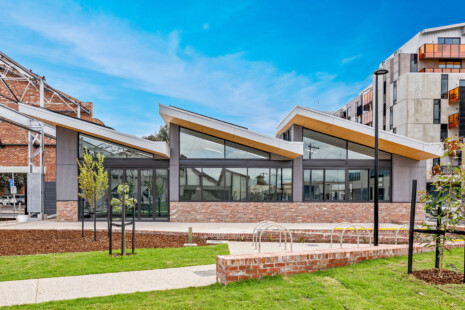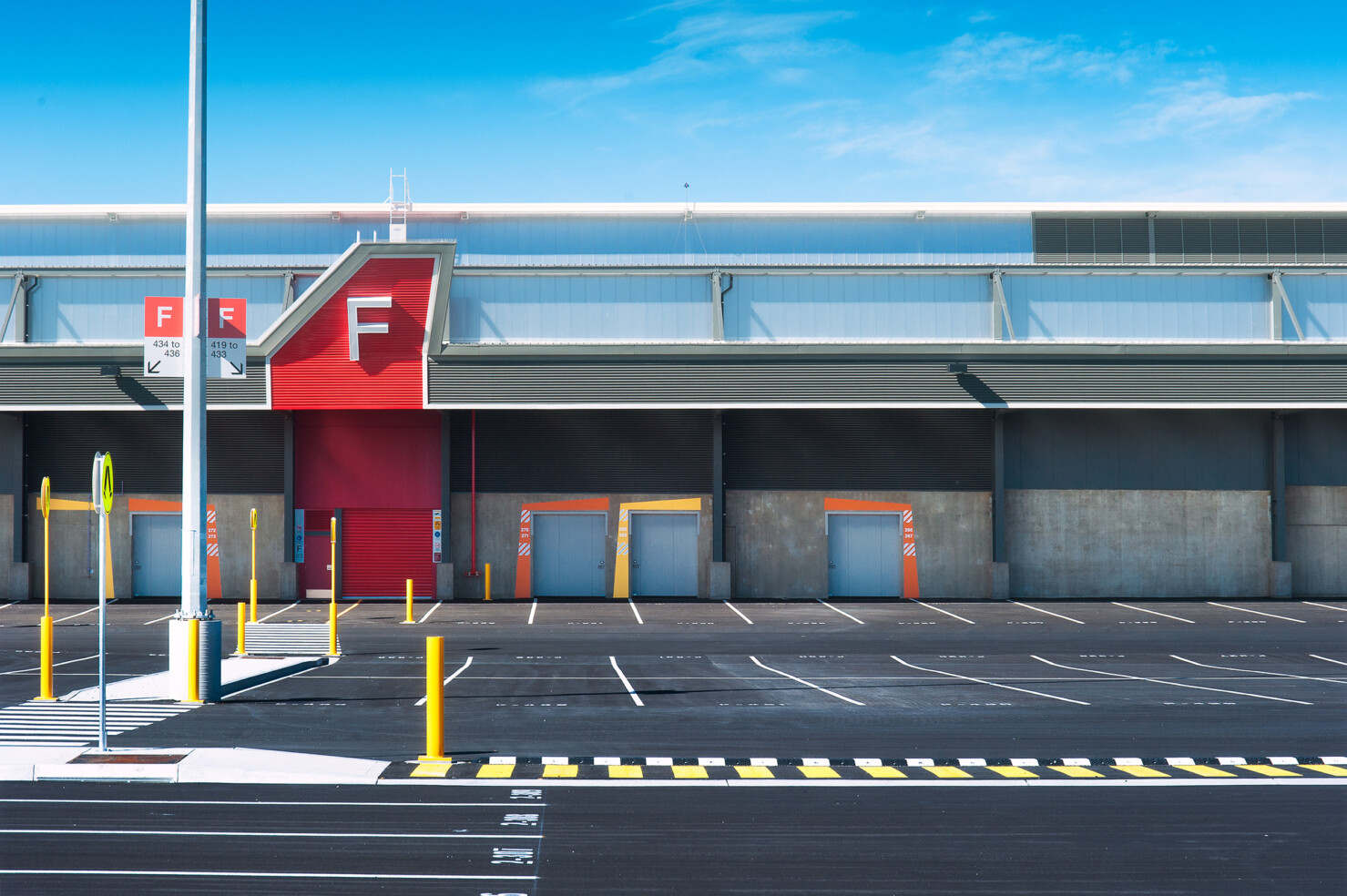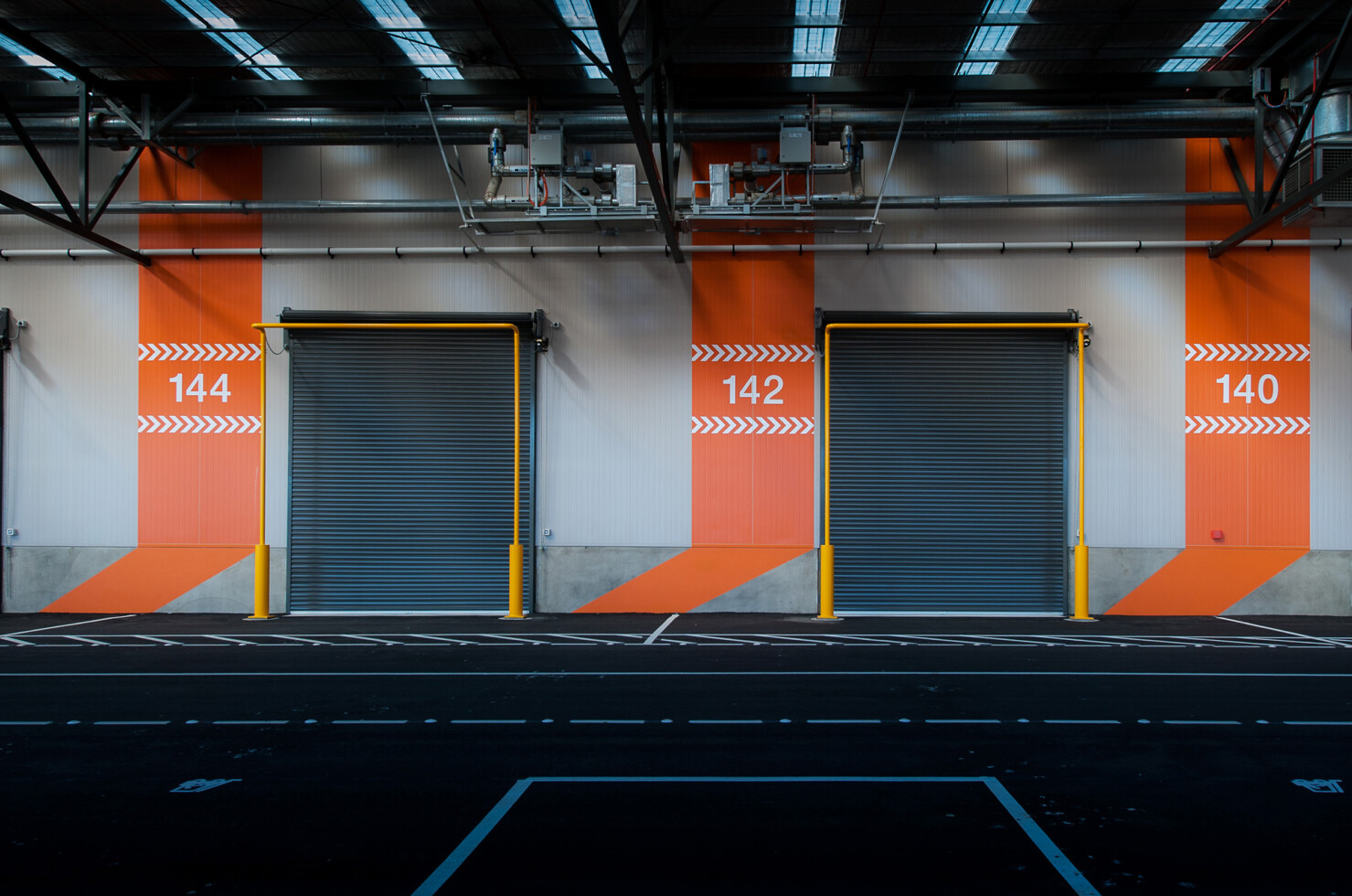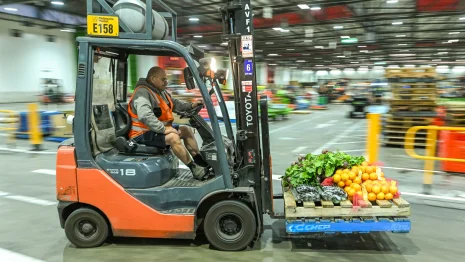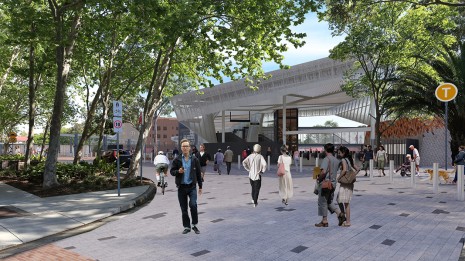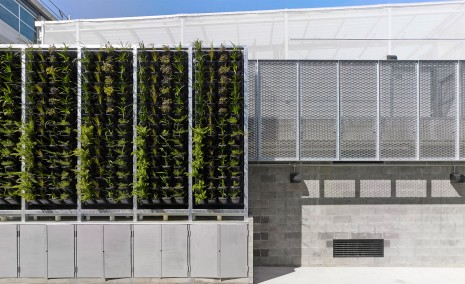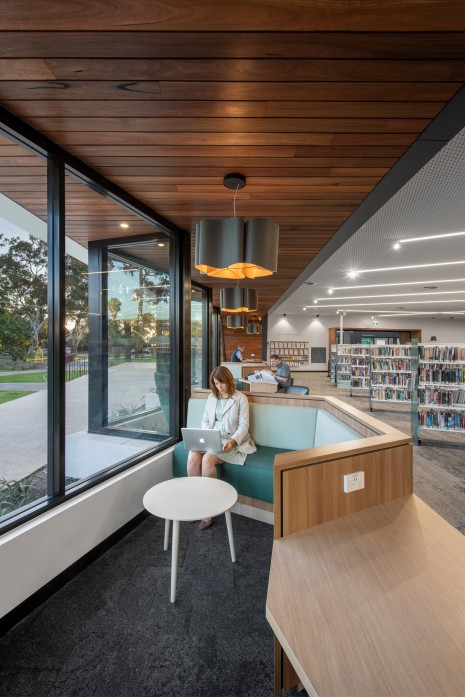
Melbourne Market Relocation
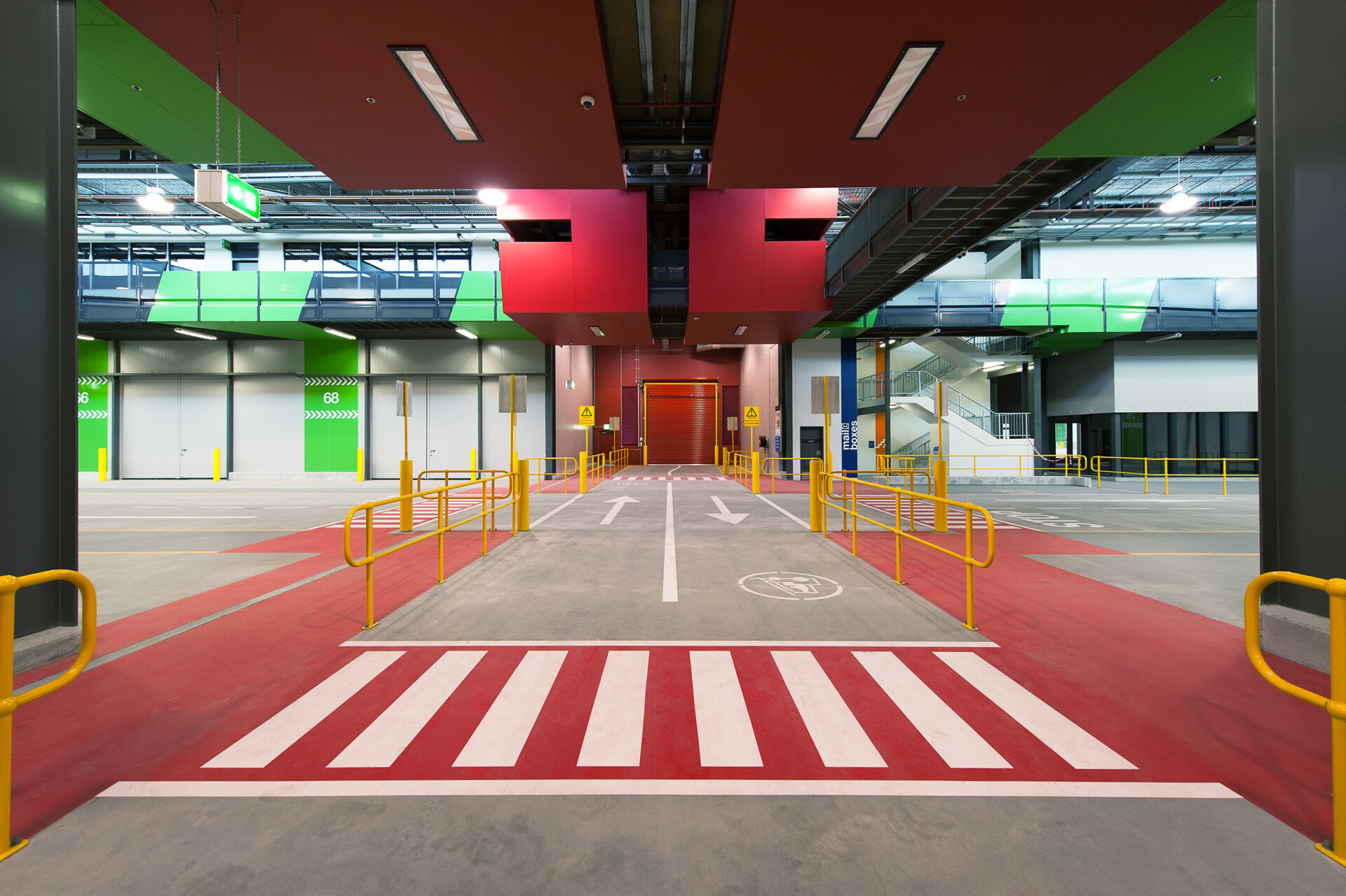
Melbourne Market performs a vital role as a central market in the wholesale distribution of fresh fruit, vegetables and flowers. It is hub in the national distribution system for fresh produce, providing industry with essential logistic and scale efficiencies.
One of the largest infrastructure projects undertaken in Victoria at the time, the new fresh produce trading and distribution precinct in Epping, Victoria included the relocation of Melbourne Wholesale Fruit and Vegetable Market and National Flower Centre from Footscray Road, West Melbourne.
The new centre includes a 67,000 m² fruit and vegetable market building, 7,000 square metre national flower centre, and a 2,400 m² administration building, with parking facilities, services, storage and utility buildings.
Included in the project was a way finding strategy and design of over 1,000 individual signage elements from major building entry identification to trading stand numbering, office numbering, parking bay numbering, amenities, statutory and warning signage, across the 37 hectare site.
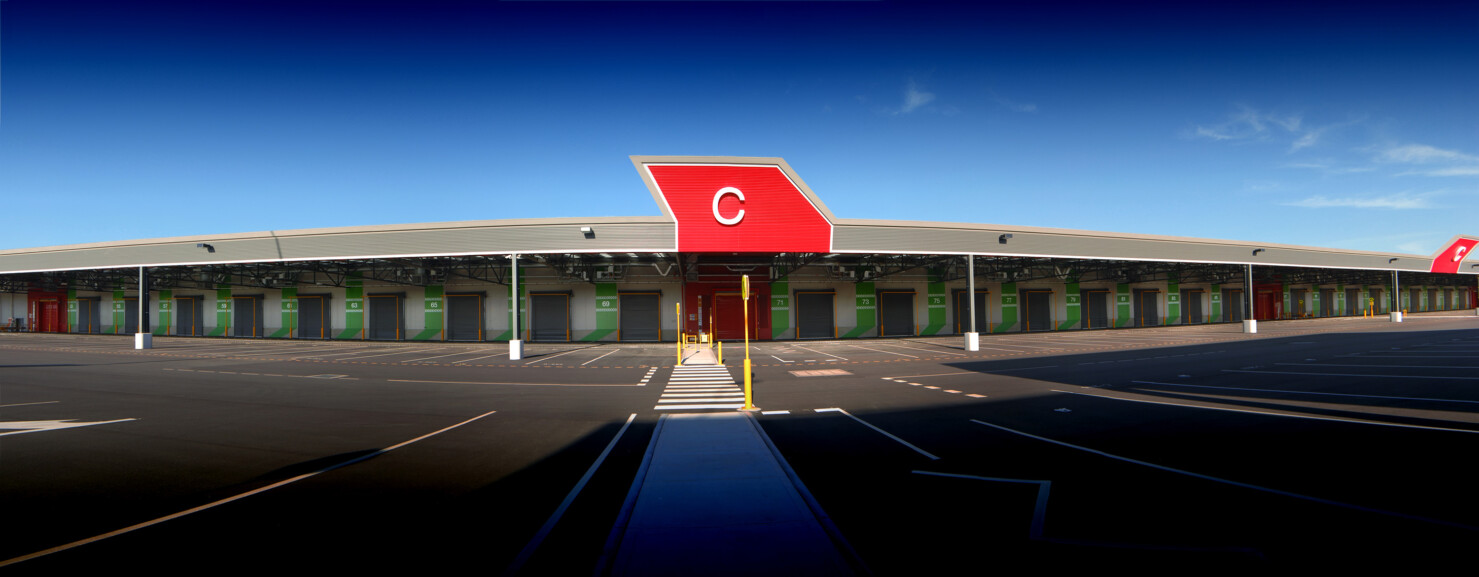
The calibre of the bid phase documentation made it easy to confidently price the project and deliver a well thought through proposal to the client.
Colin Geisler
Senior Project Manager, Lend Lease
Stores and traders’ units are designed to a modular system within the structural grid, with insulated metal sandwich panelling allowing for expansion and contraction of lettable stores.
Large free-span building sections were engineered for a column-free trading floor, maximising flexibility, and minimising vehicle collision during trading.
Transparent roof sheeting used for undercover parking and trading zones maximises daylight and minimises energy consumption.
A central plant for glycol generation and articulation throughout the facility was created to offer ‘plug-in’ supply to market traders – a high value inclusion affording efficient cooling at lower cost. Other innovations included:
- Research and testing of concrete finishes and treatment to maximise grip in trader areas where high water wash down can create slip hazards
- Raised pathways, cattle gates and containment rails to prepare pedestrians and drivers at intersections
- Façade megagraphics for truck and forklift drivers to easily navigate from a distance, reducing site circulation trips and vehicle congestion
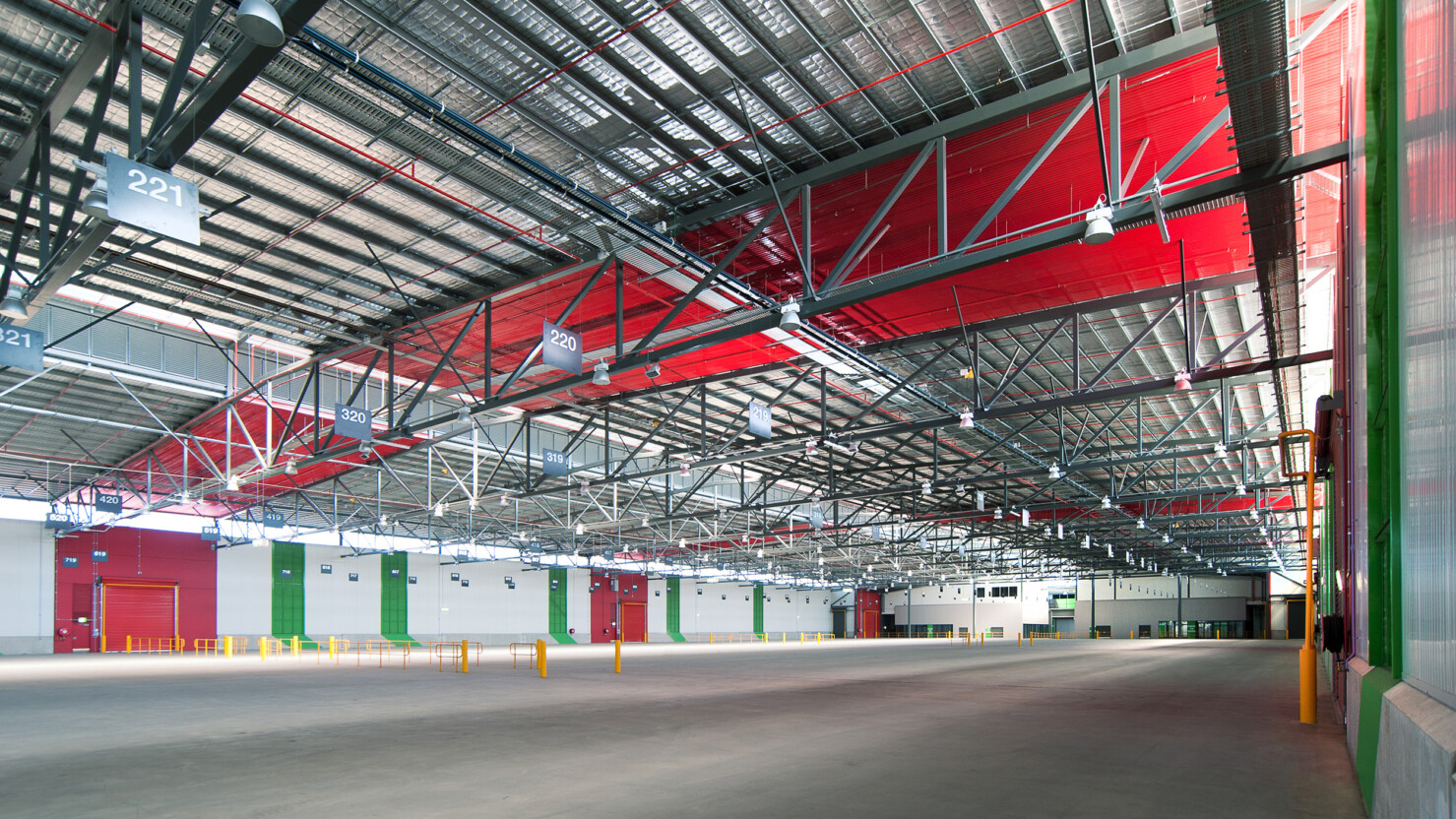
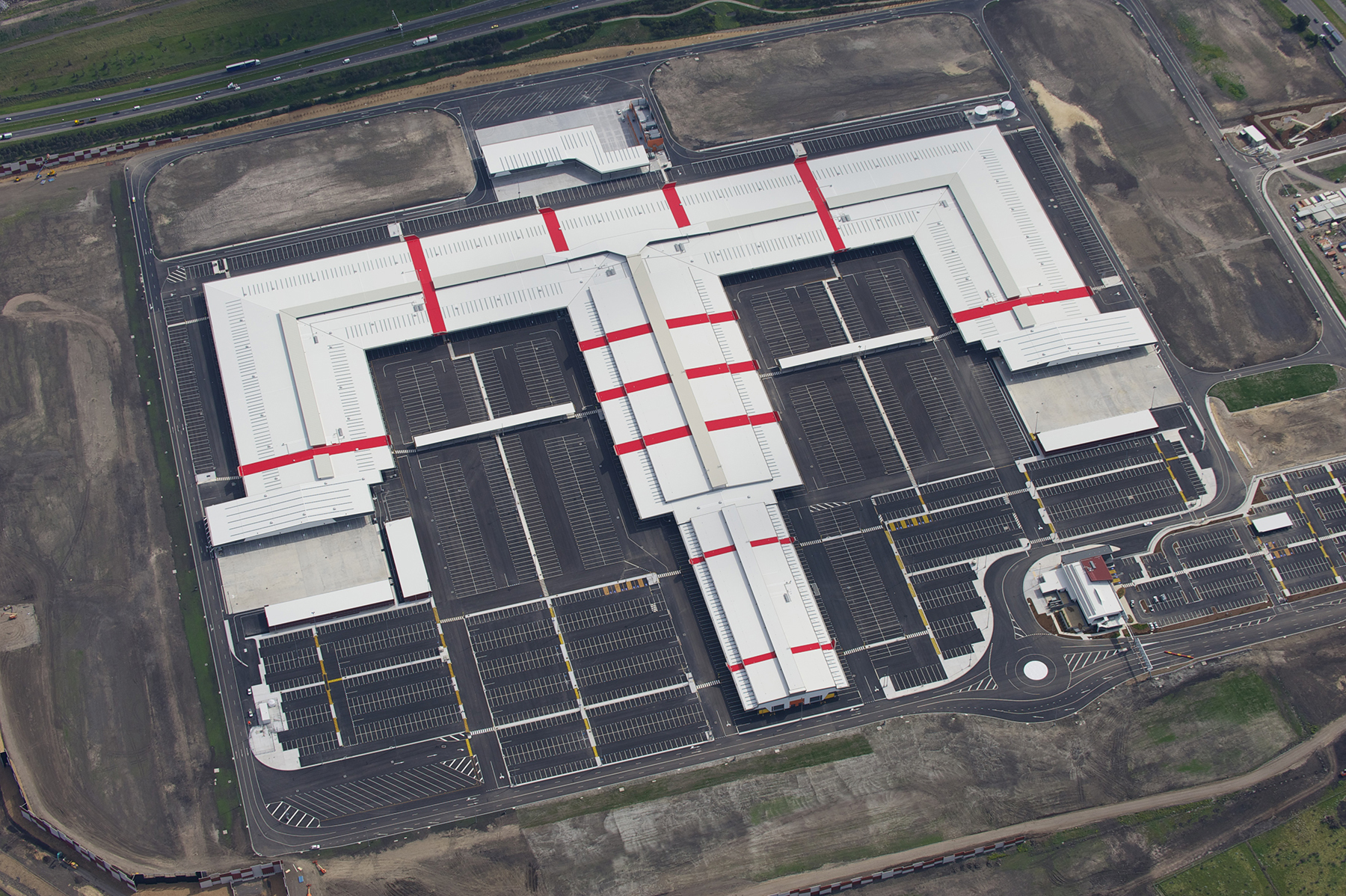
People
Projects
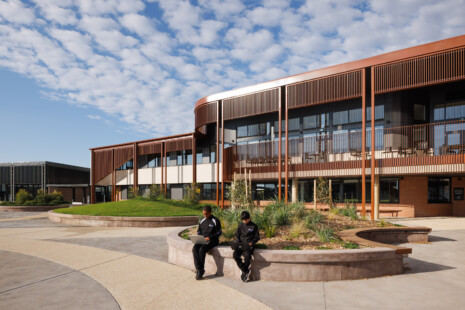
New Schools 2024 – Brinbeal Secondary College – Supported Inclusion School
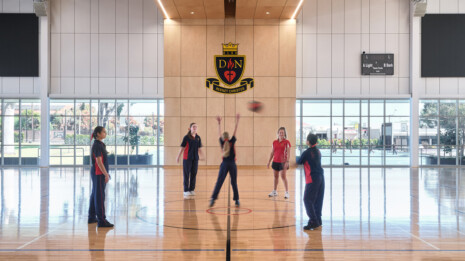
Our Lady of the Sacred Heart College Indoor Sports + Dance Facilities
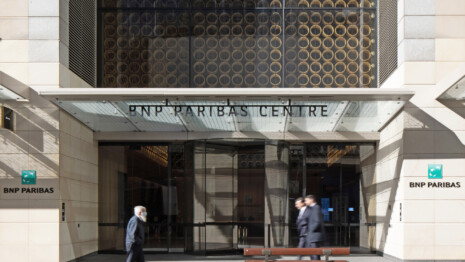
60 Castlereagh Street
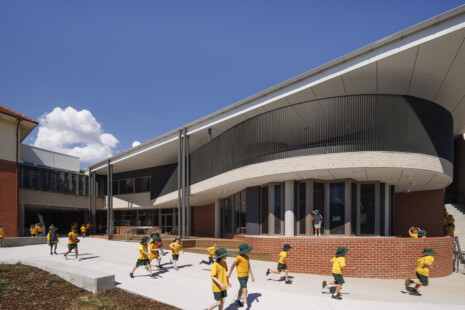
Reservoir Primary School Stage 2 Upgrade and Modernisation
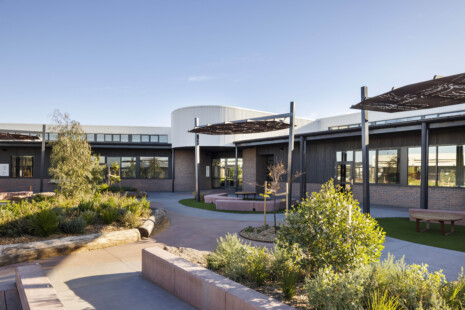
New Schools 2024 – Nganboo Borron School
